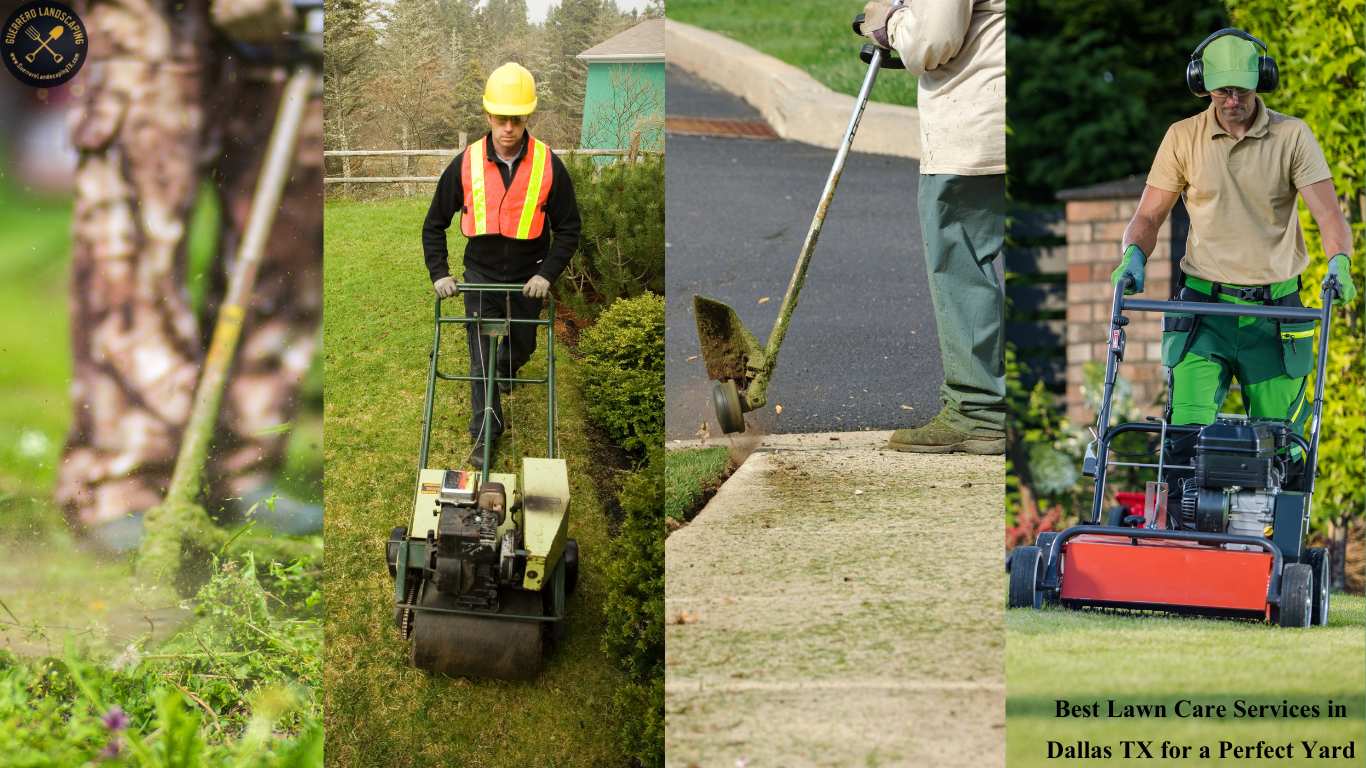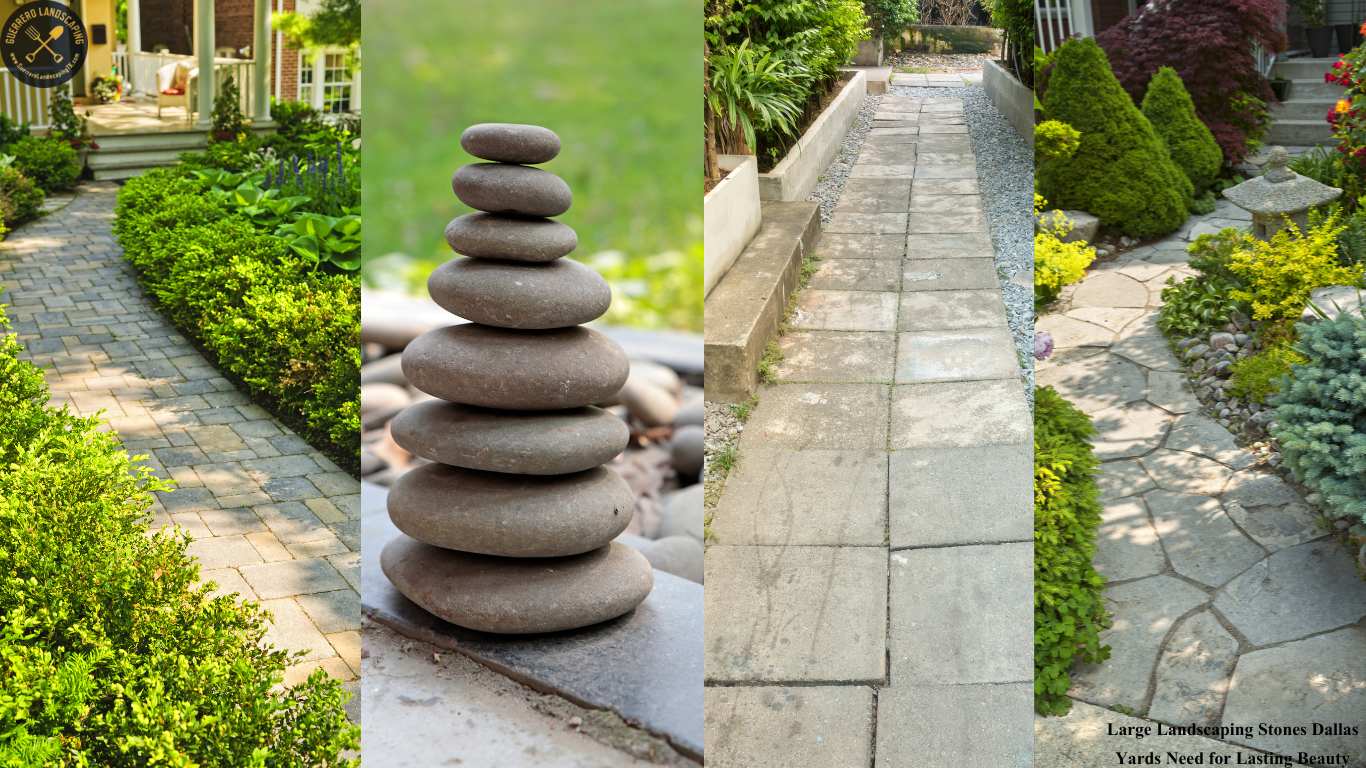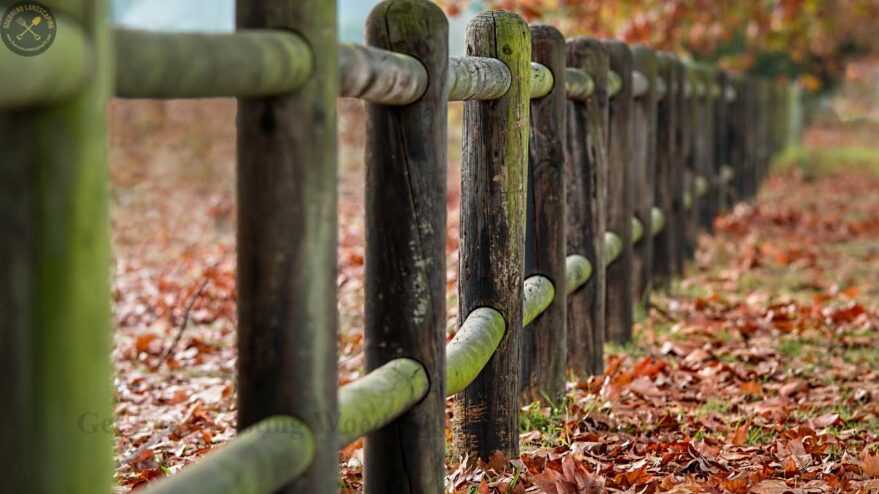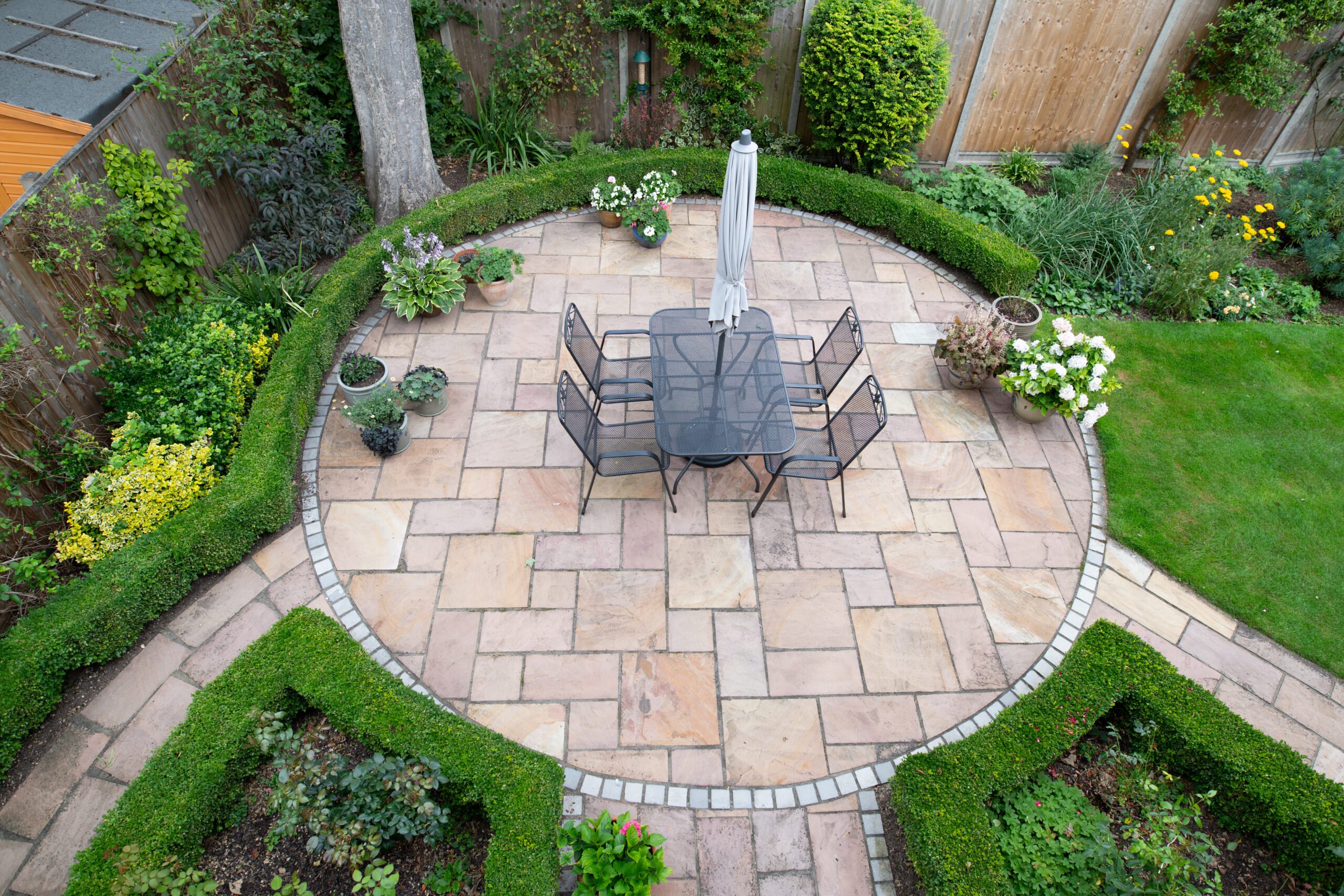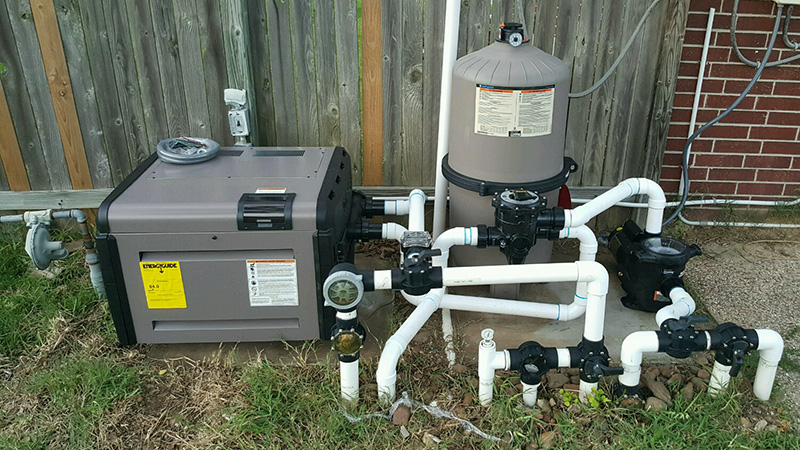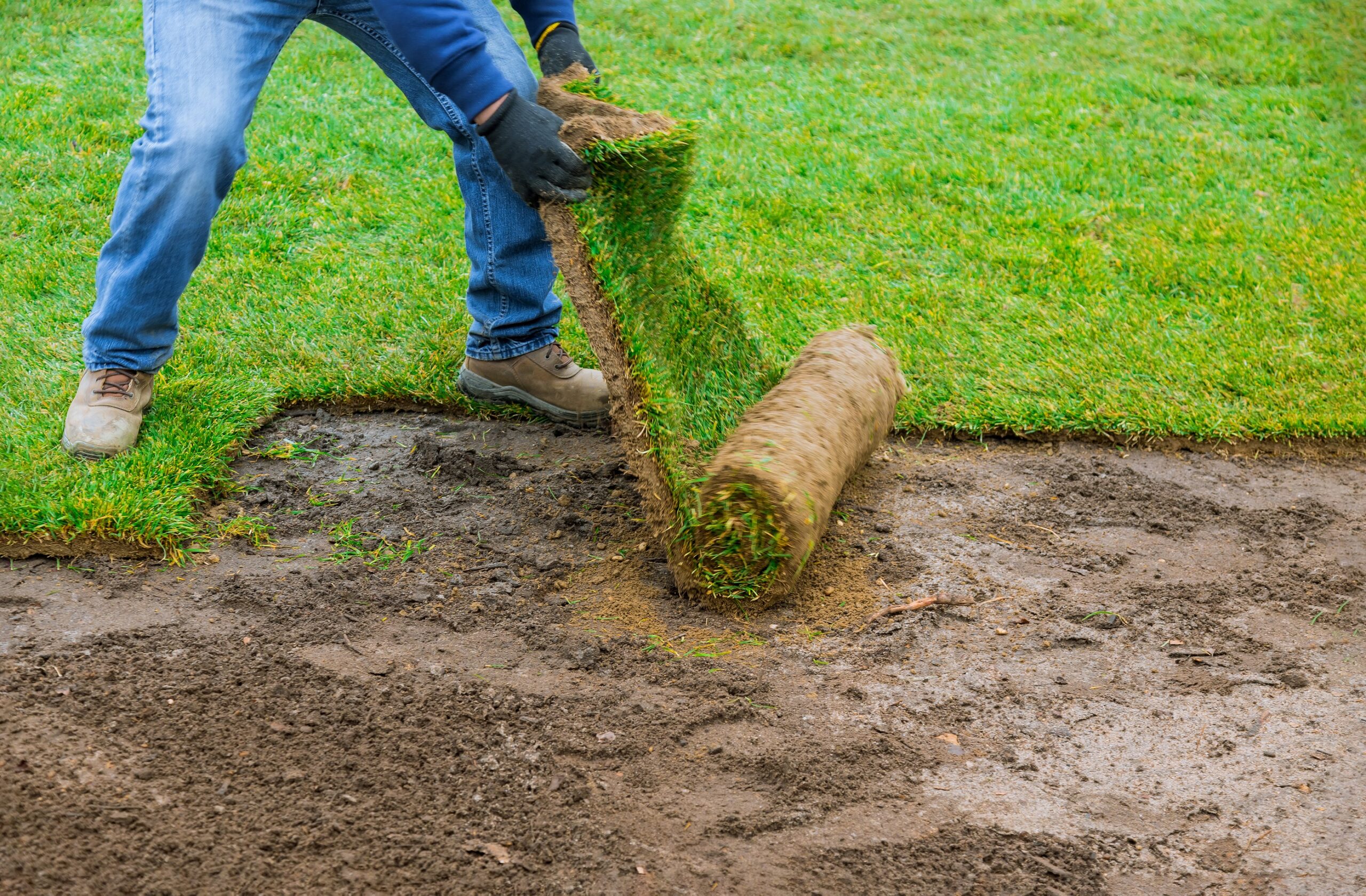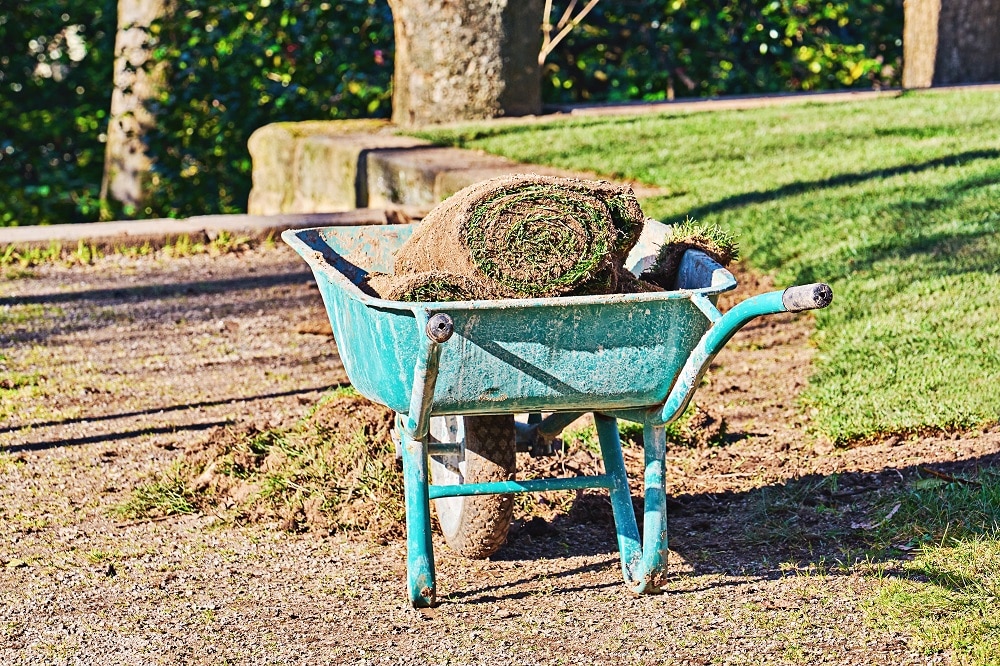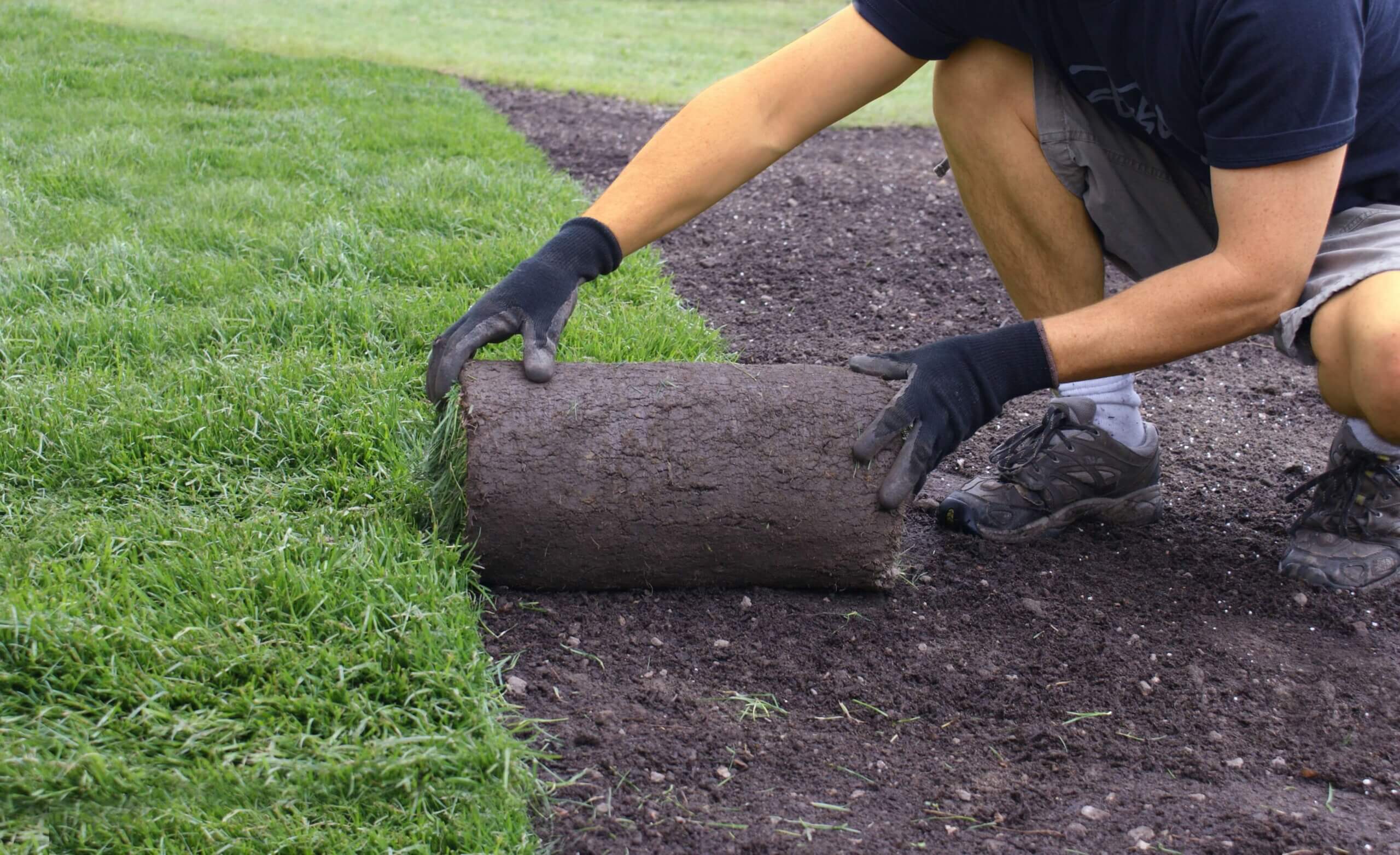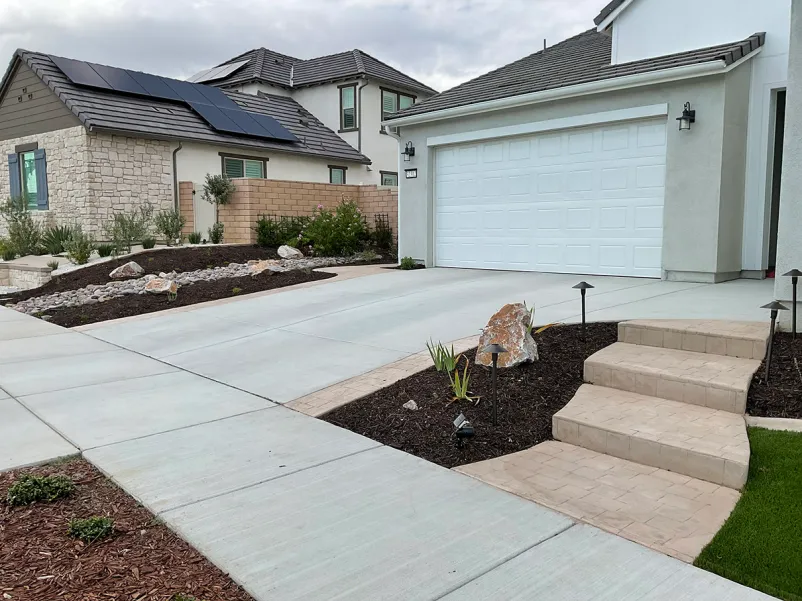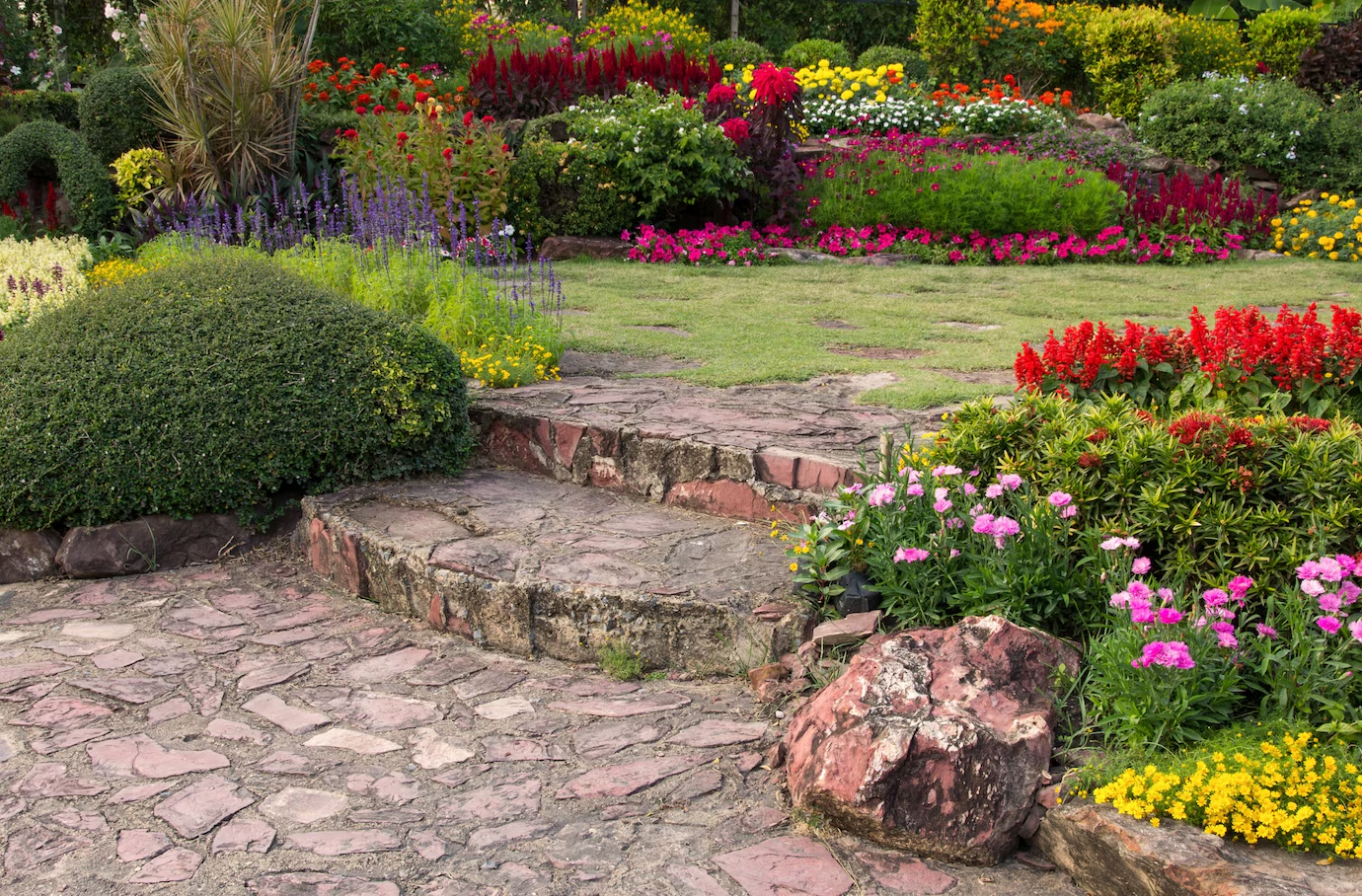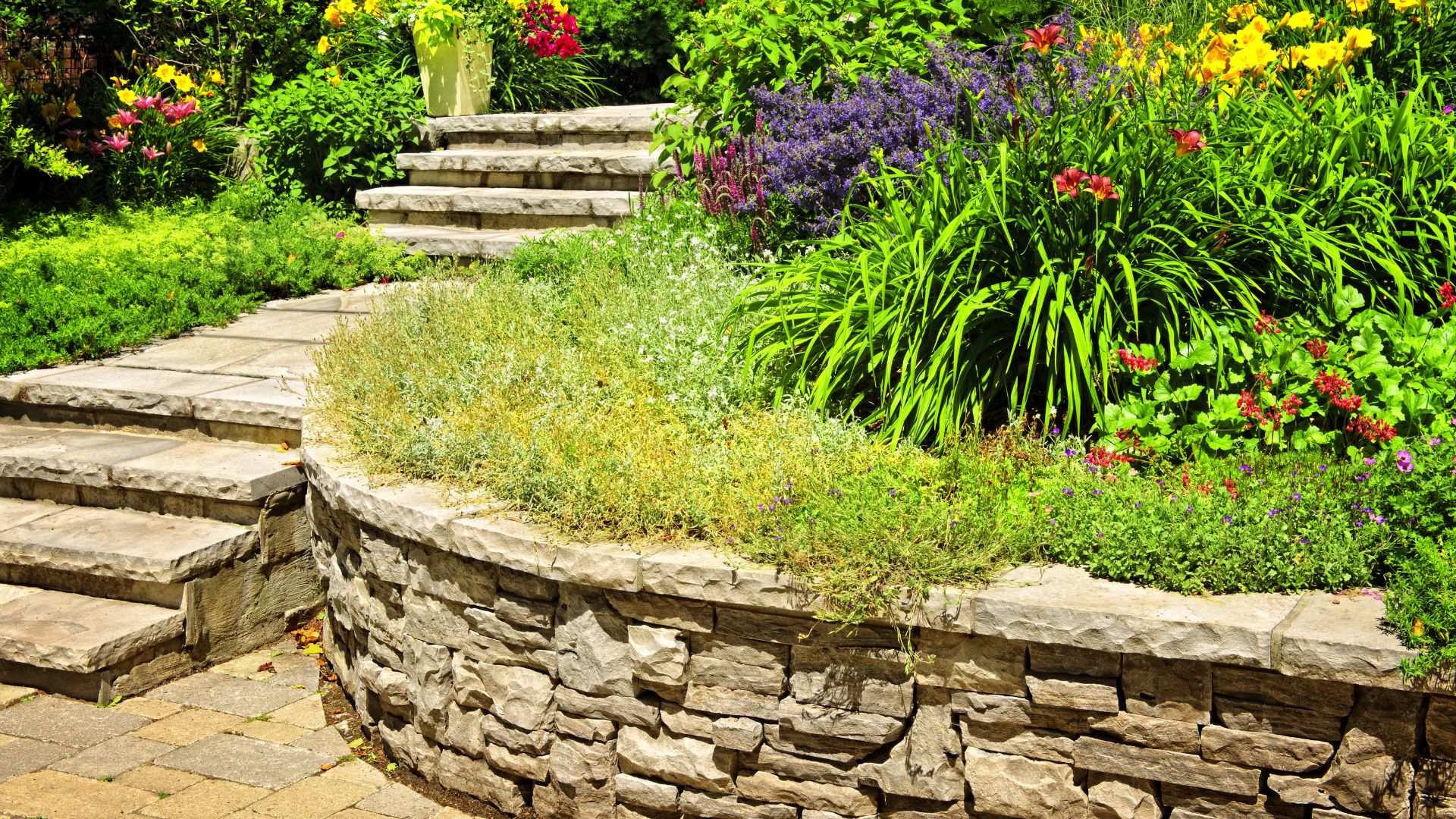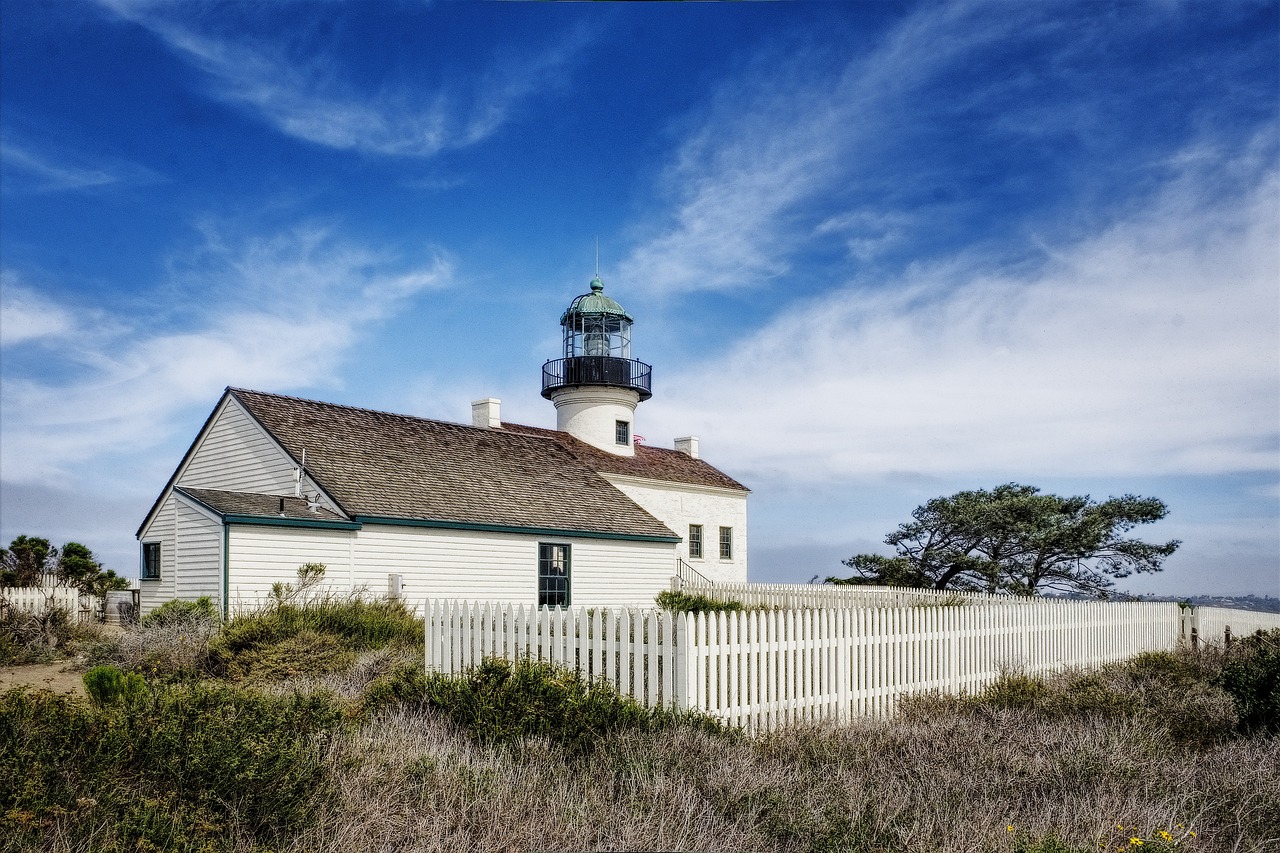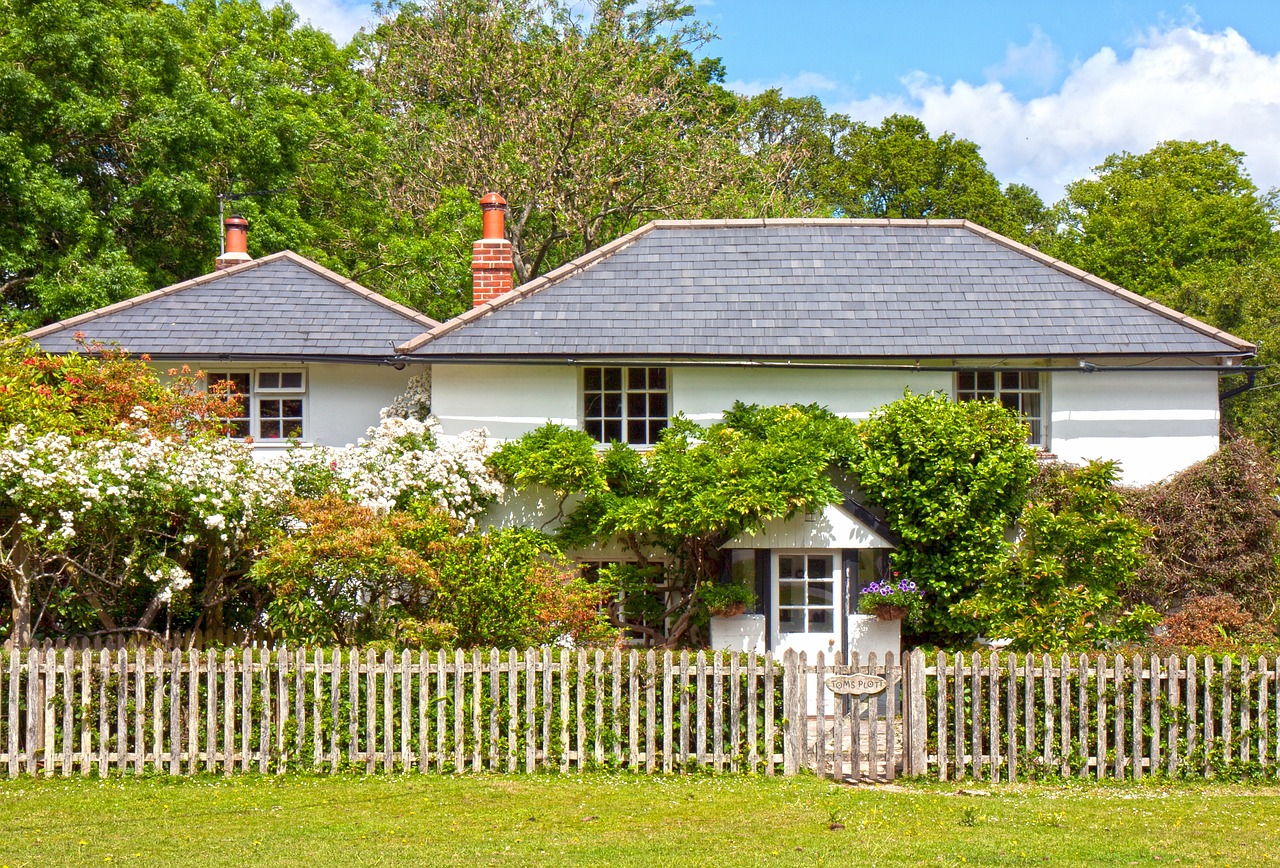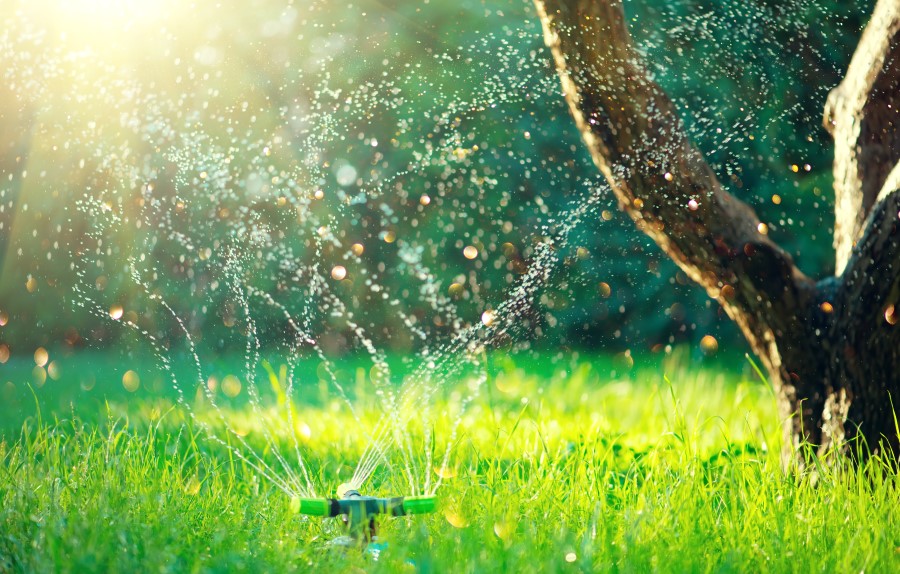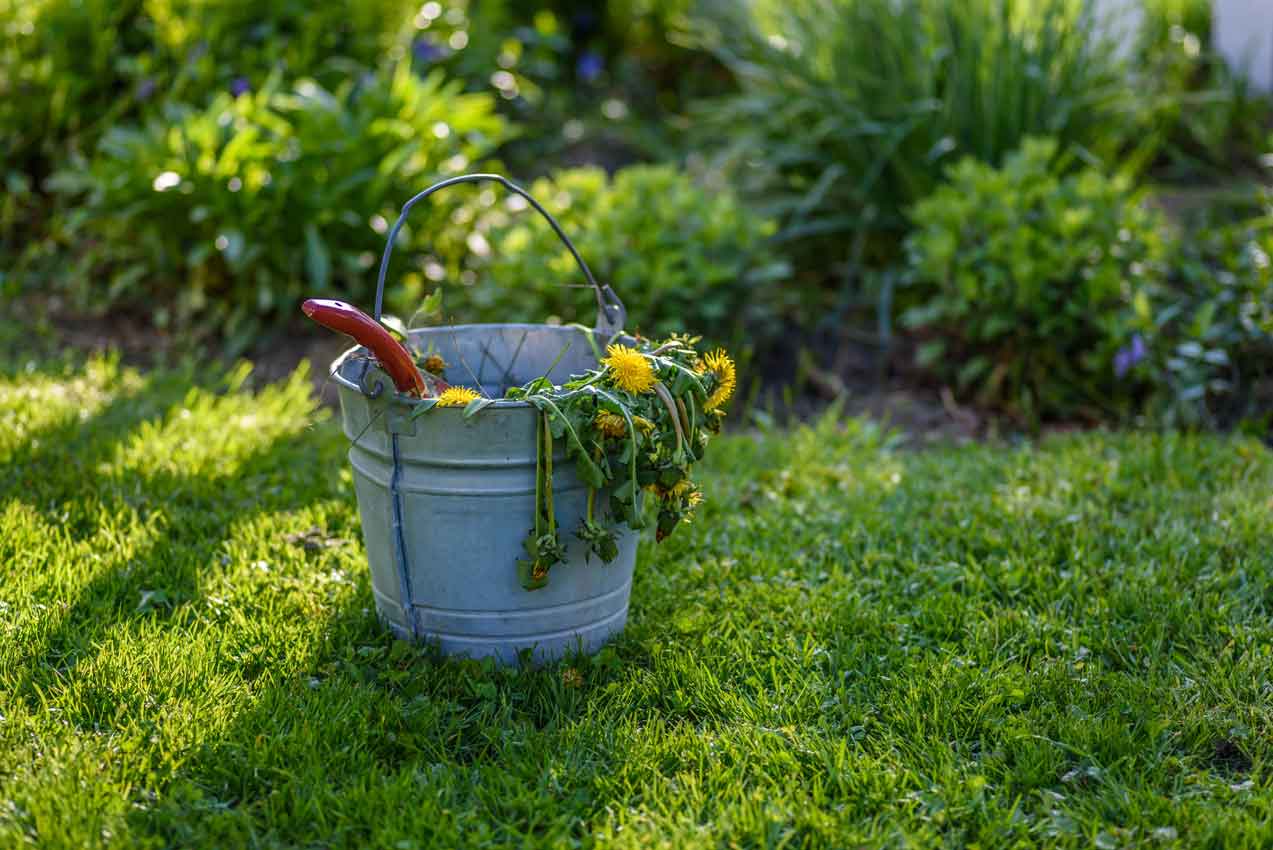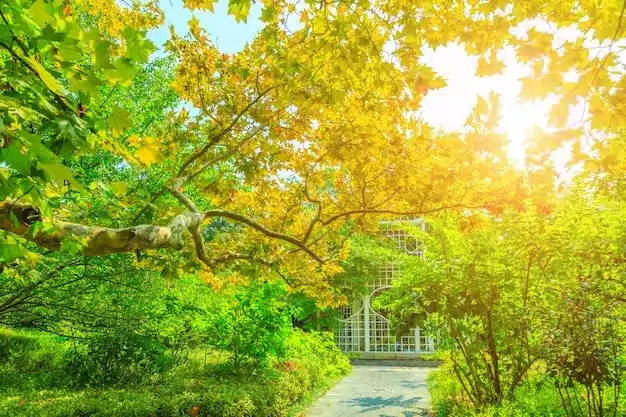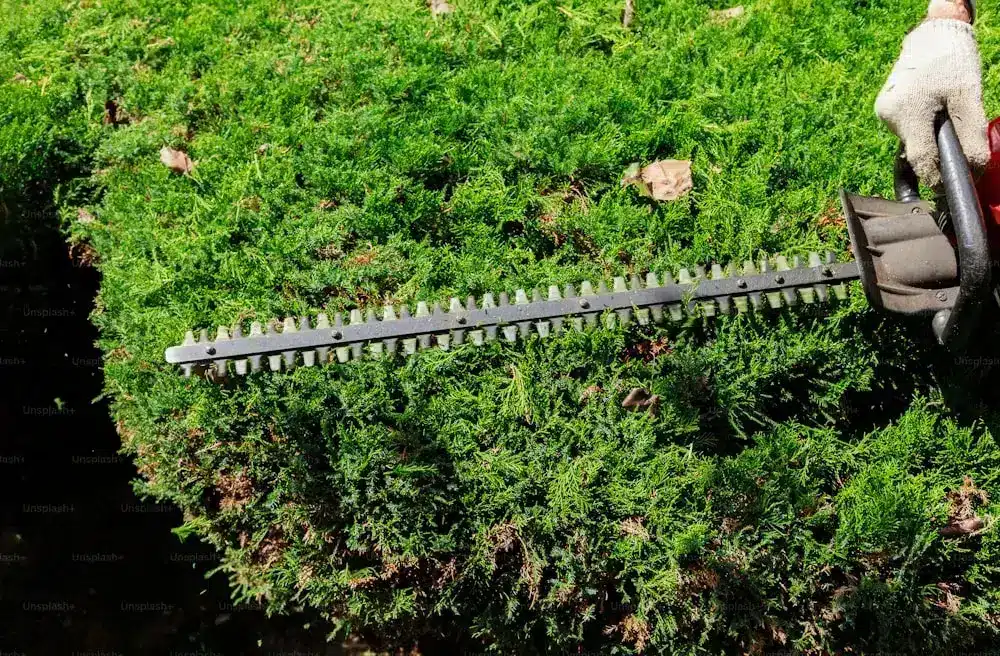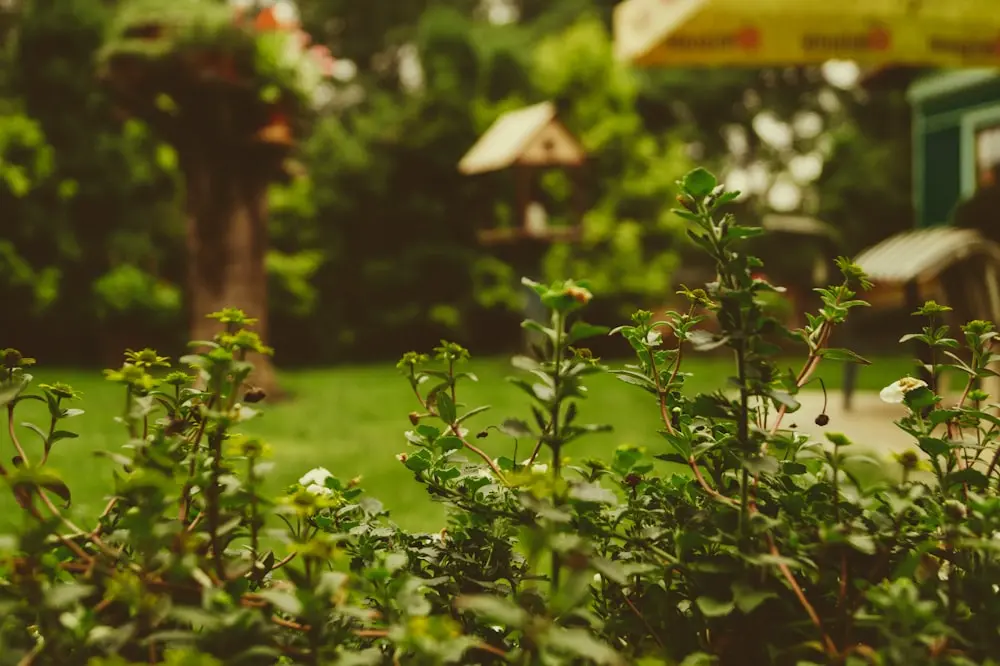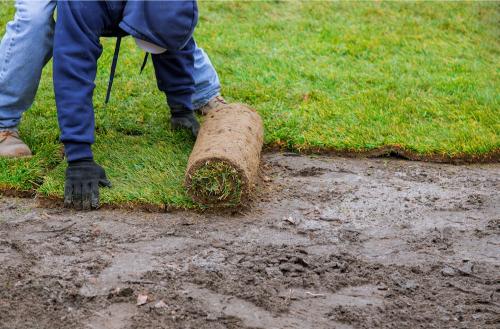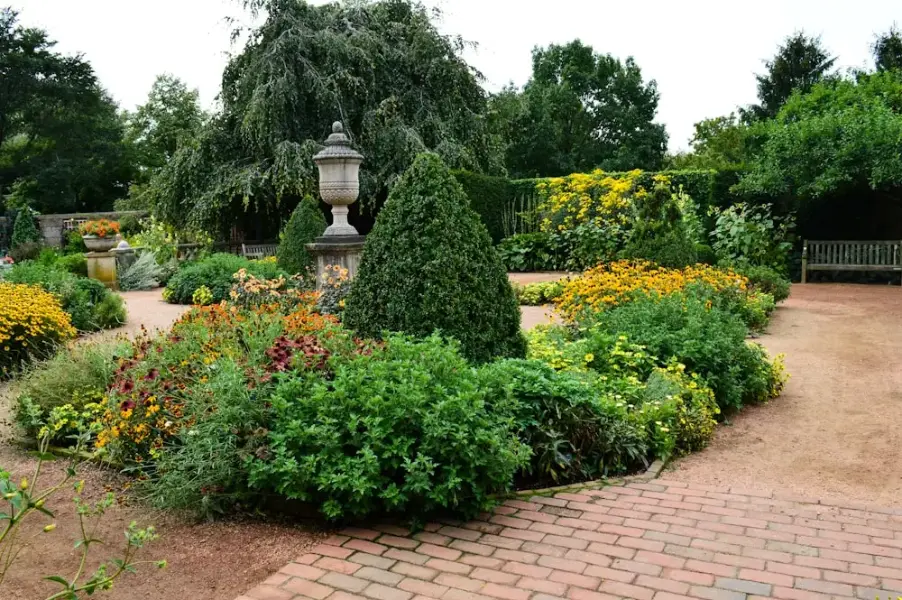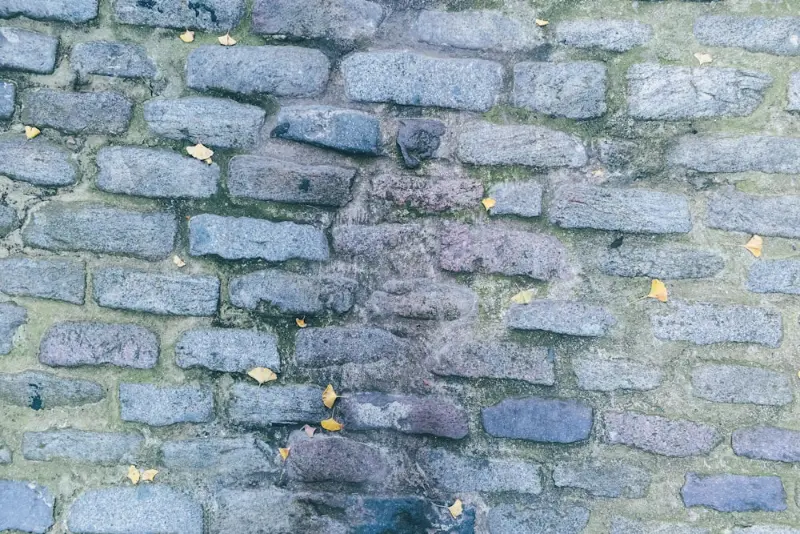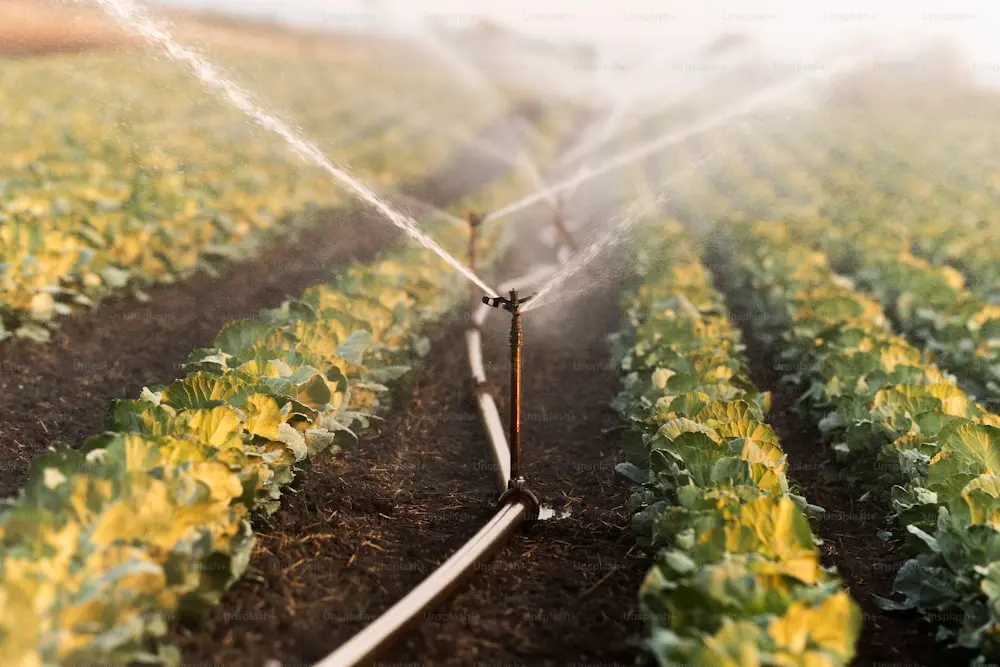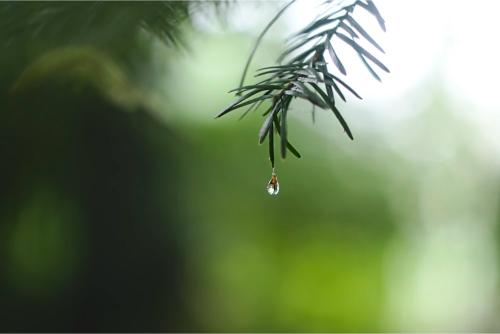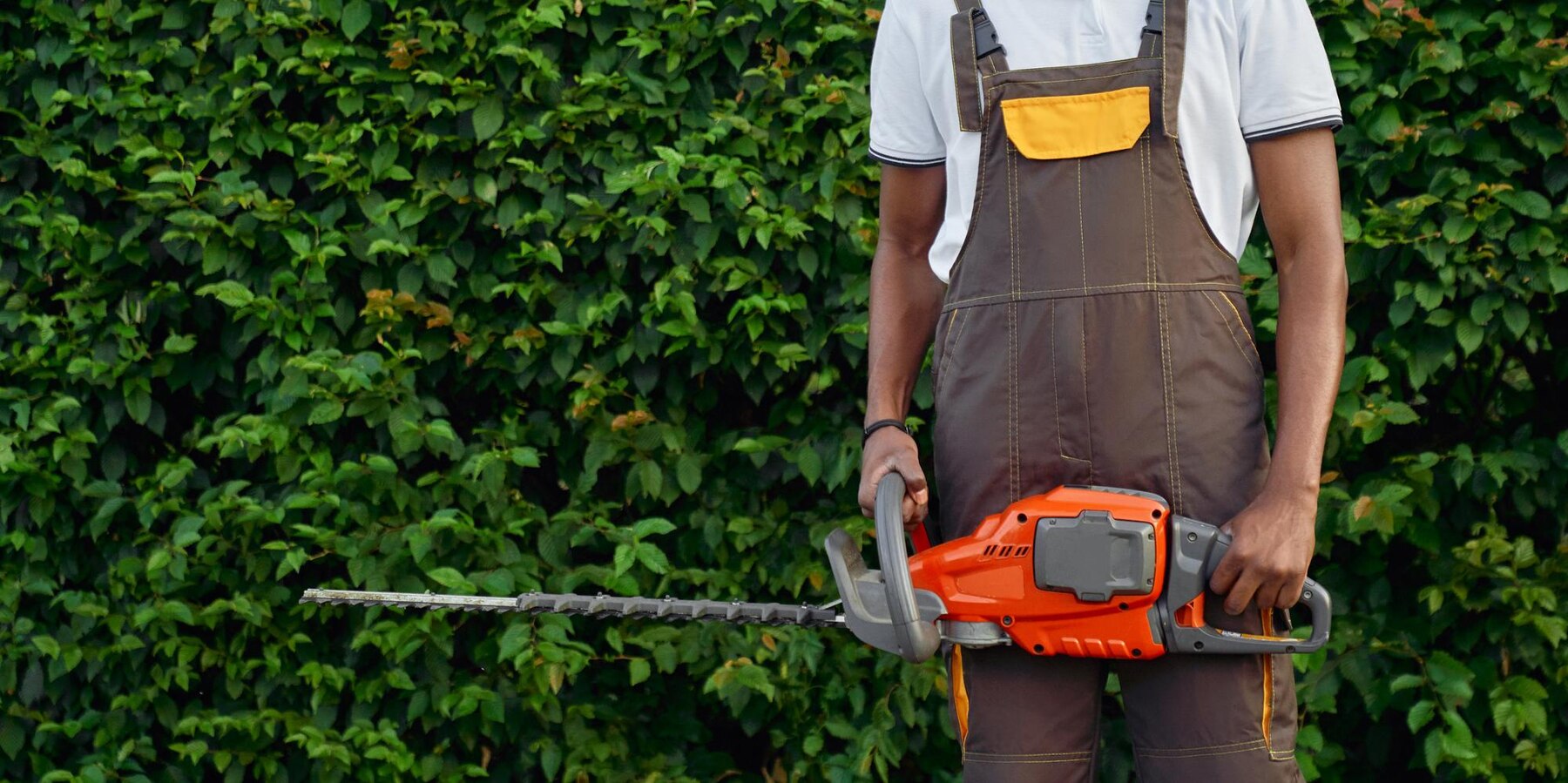
Although gardeners do not face the mess of falling leaves, regular trimming and pruning are still mandatory to keep the planted trees in good shape and maintain their aesthetic appeal. Dead leaves and branches welcome pests and diseases to your garden and are also vulnerable to fall at any time, thus posing an unanticipated risk to the nearby people.
Removing dead limbs is always the best action to avoid sudden loss or damage. However, depending on the location and size of the decaying limb, pruning by yourself can be a daunting task. To ensure personal safety, consider professional tree trimming and pruning services providers do the pruning for you.
In this article, we have shared some easy tips that you can apply to prune and trim trees efficiently.
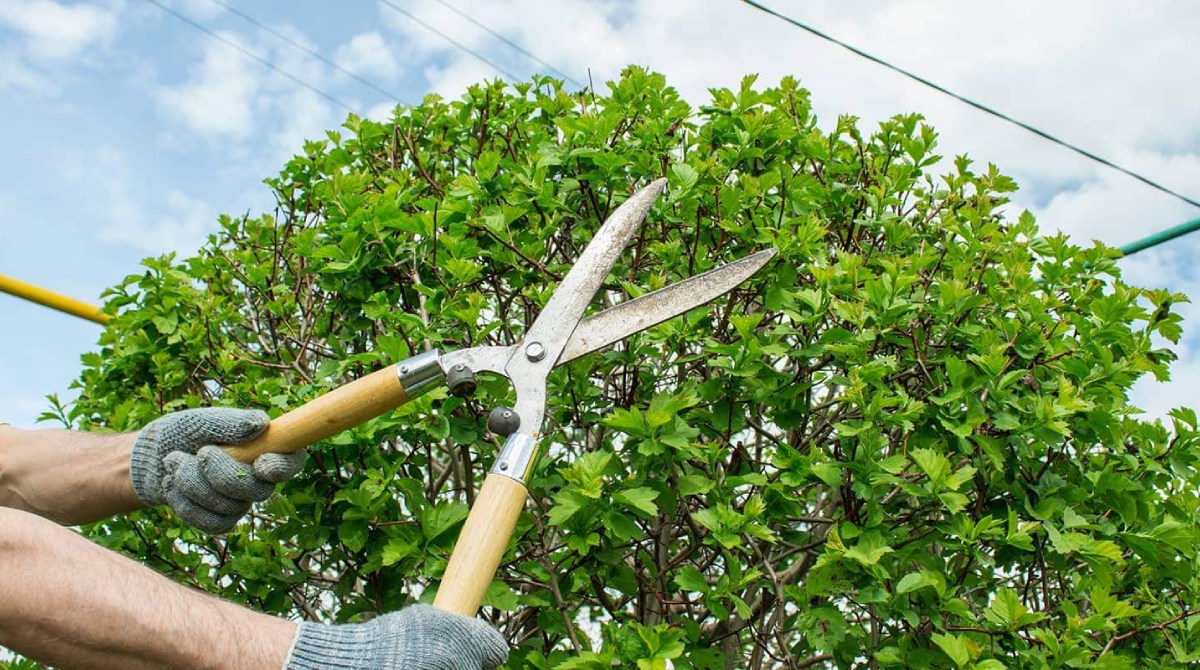
Tree Trimming vs Tree Pruning
Both are excellent services in the landscaping industry but with subtle differences. Pruning involves the removal of unnecessary branches while trimming is used to promote healthy growth. Both services are performed using different tools at different times of the year.
What is Tree Trimming?
Tree trimming involves removing obstructing or overgrown branches of a tree. This process keeps the tree healthy, improves its appearance, protects nearby structures, and prevents interference with power lines. Tree trimming removes safety hazards, promotes healthy growth patterns, and maintains natural shape.
If done correctly, trimming is very healthy for trees. It removes diseased, dreaded, or crossed branches, improves light penetration and airflow, and stimulates new growth. Proper trimming also maintains a strong structure of the tree and reduces damage risks due to storms.
What is Tree Pruning?
Pruning is a horticulture practice and involves the removal of selective plant parts like roots, buds, or branches. The process improves a plant’s shape, controls its size, promotes healthy growth, and encourages fruit or flowering production. Pruning is often applied on roses, shrubs, or trees.
Like trimming, pruning also ensures healthy plant growth. However, wrong pruning results in loss of foliage and tree damage. Consult professional arborists for trimming and pruning services to keep your trees healthy and beautiful.
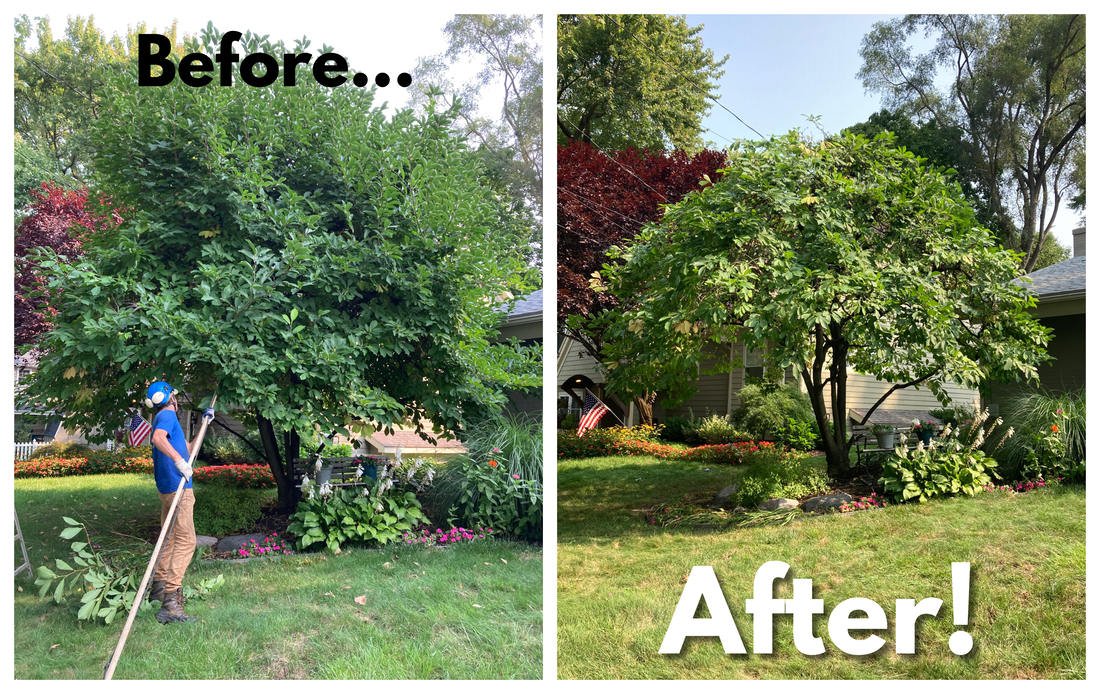
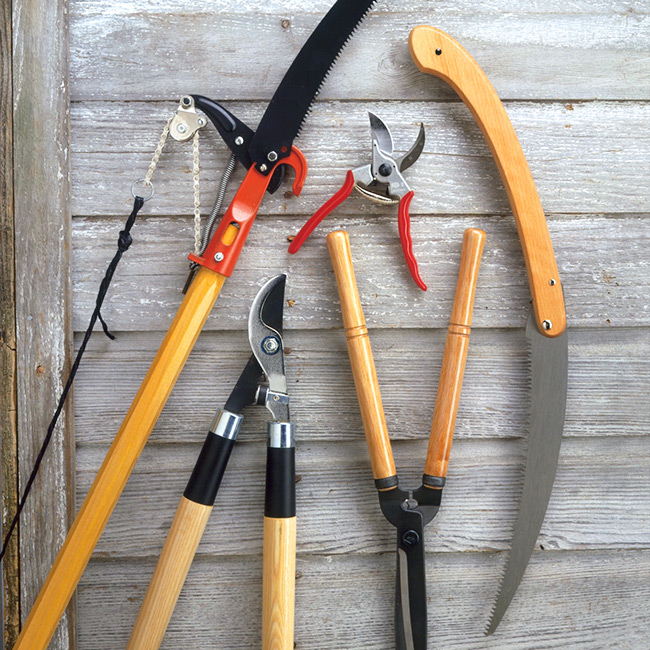
Must-Have Tree Pruning Tools
With the right tools, you can quickly free your trees of the dead and decaying leaves and branches that stagnant healthy growth and maintenance. Here is a list of tools you must have if doing trimming and pruning of landscape territory.
Pruning Shears (Pruners, Clippers, or Secateurs)
With the right tools, you can quickly free your trees of the dead and decaying leaves and branches that stagnant healthy growth and maintenance. Here is a list of tools you must have if doing trimming and pruning of landscape territory.
Loppers:
Loppers are ideal for vines, fruit trees, and nut trees and can cut branches up to 2 ½ thickness. Similar to a pair of hand shears, with a thicker blade and longer handle. Loppers also come in bypass, anvil, and ratchet style.
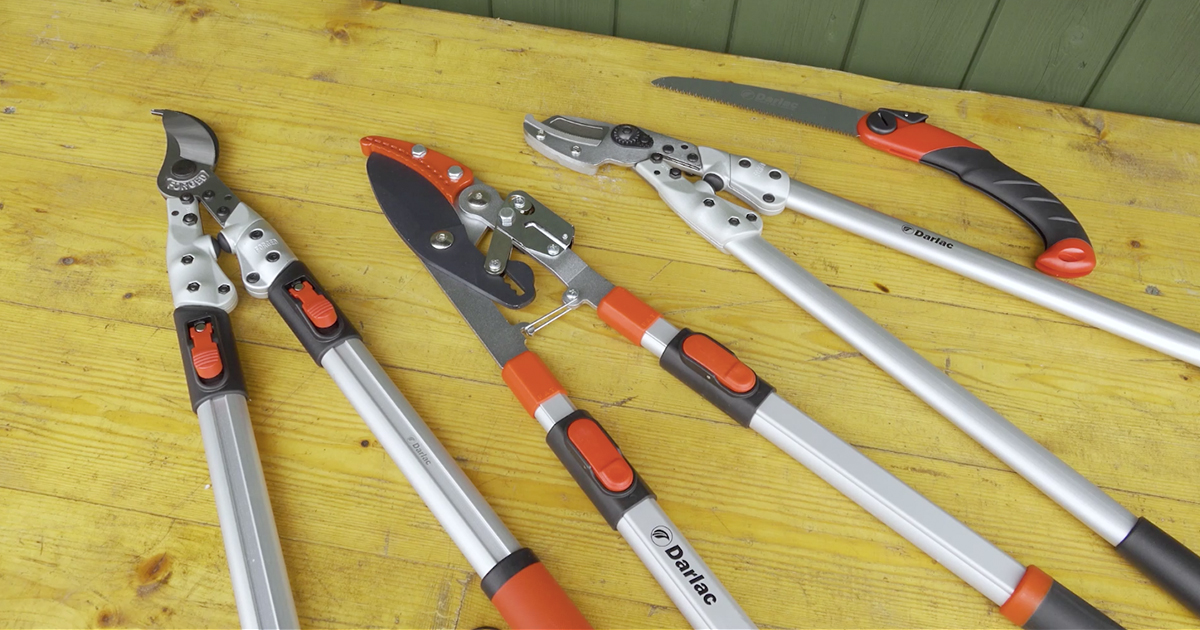
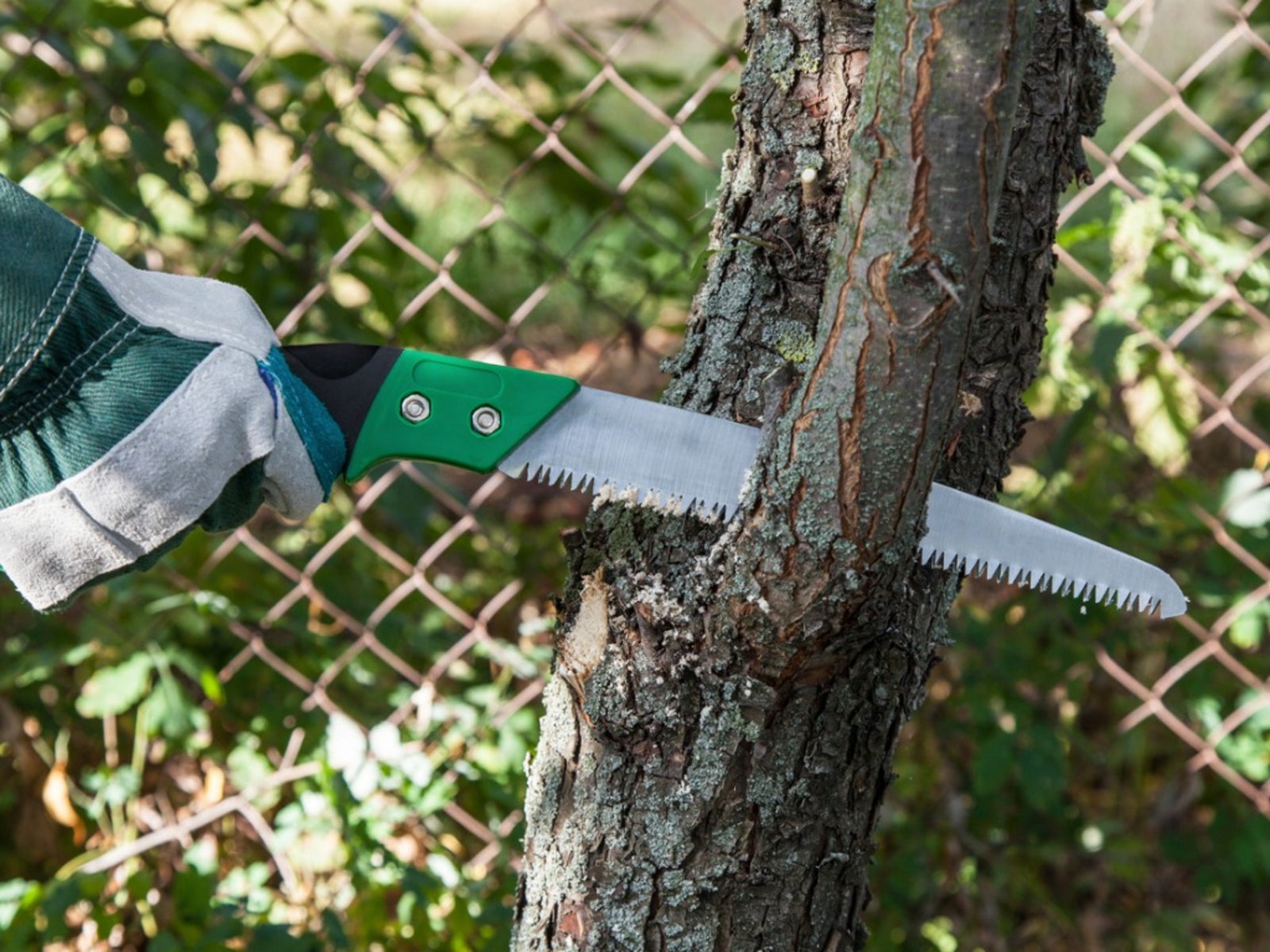
Pruning Saws:
A pruning saw can take on branches with 1 ½ – 5 inches. Like loppers, saws also come in different styles, each designed to trim specific trees and shrubs. Common types include curved blade saws, straight blade, and fixed blade saws.
Hedge Shears:
Hedge shears are used for cutting straight, long lines. This tool is great for hedges, evergreens, small shrubs, and deadheading perennials. They can cut branches up to 1 ¼ inches thick and are used on any hedge shrub. The unique design of hedges makes them ideal for trimming geometric designs and straight lines to create a “Box” shape.
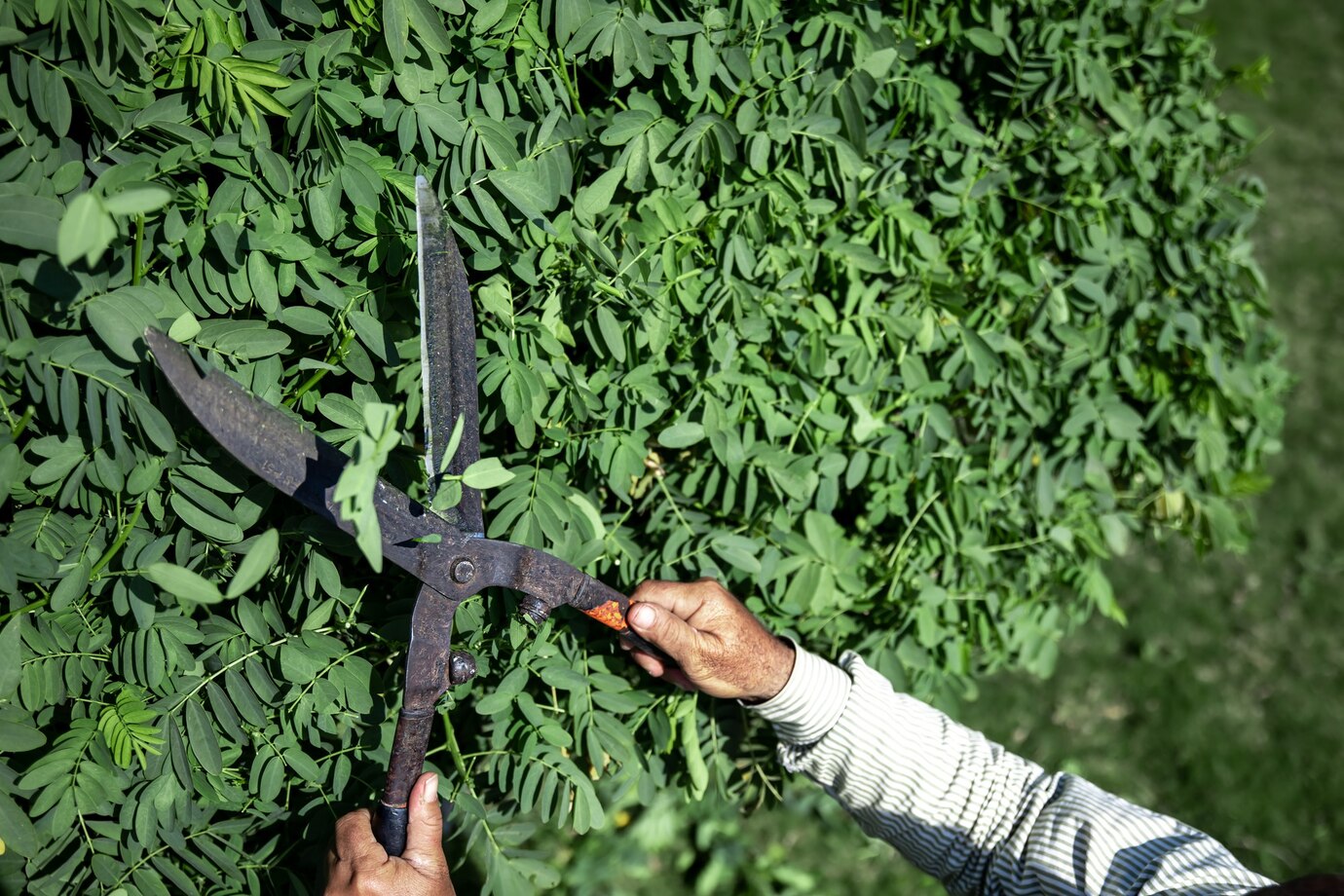
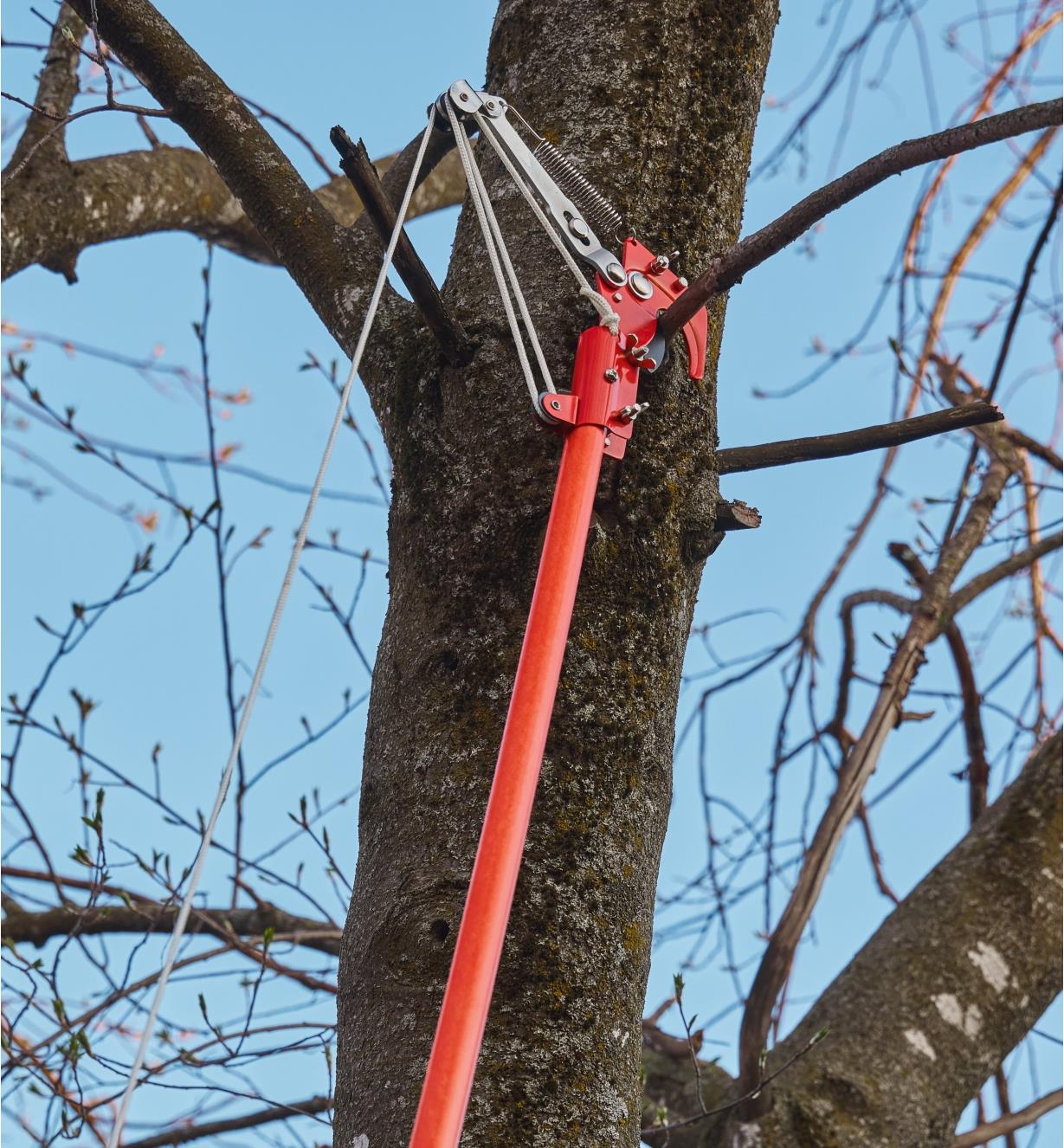
Pole Pruner:
Pole pruners are used to cut branches and limbs of high units while staying on the ground. Modern pole pruners are made of fiberglass and are sturdy and lightweight. There are wood and electrical pruners too.
Caring for Your Tools
Having the right tools for trimming is of no use if not kept in proper working order. Tree sap can gum the tools and spread different diseases. Use a rag to wipe down blades between uses. In case you have pruned a diseased branch, wipe the blades with alcohol before moving to the next plant.
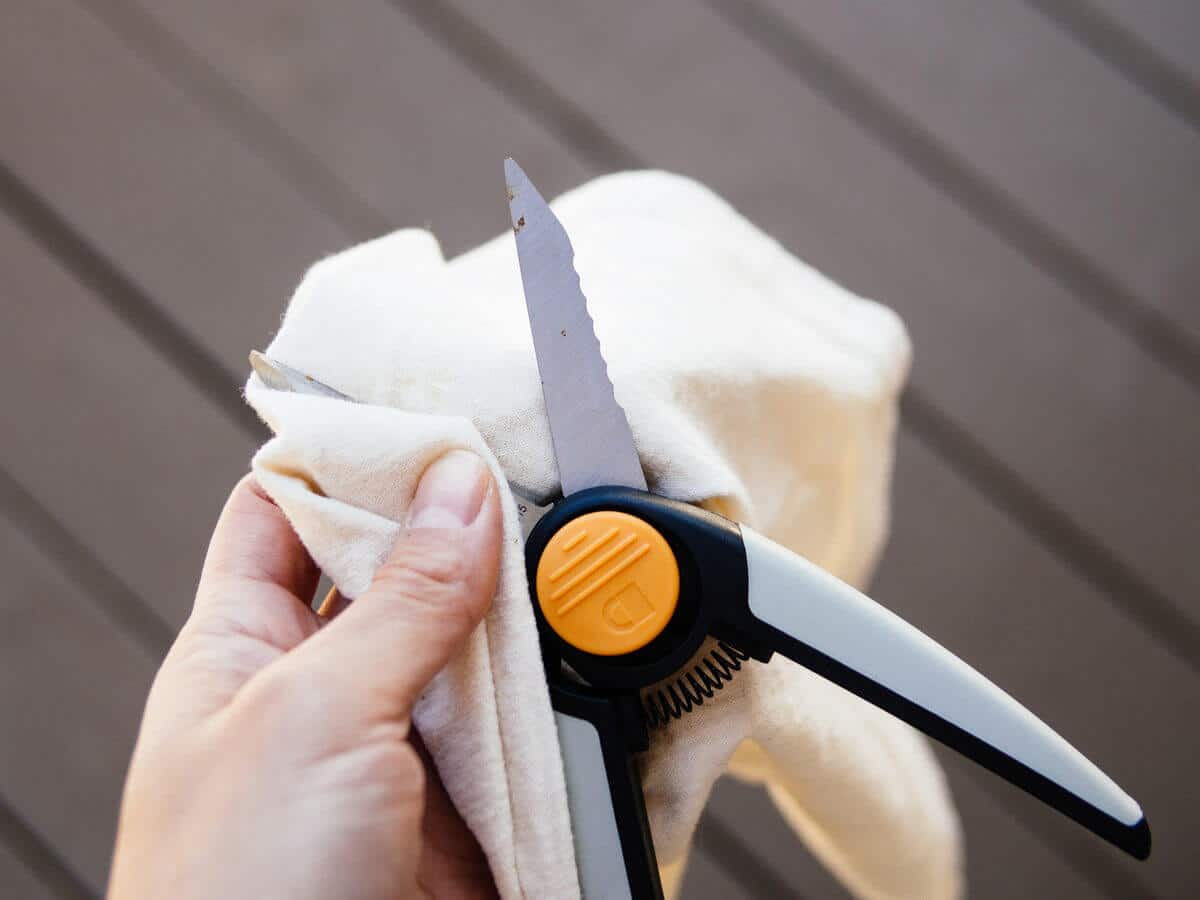
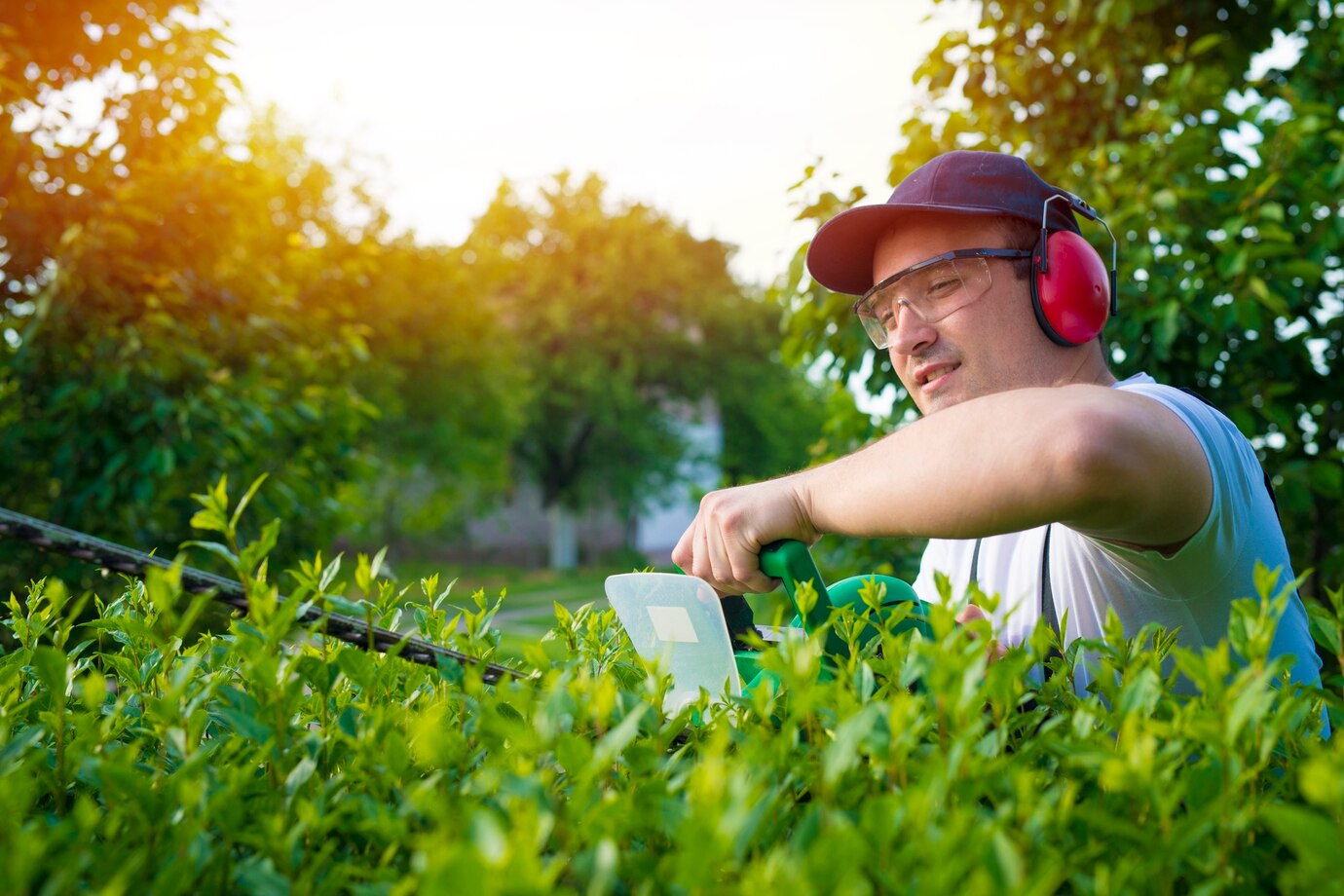
Top Tips for Trimming and Pruning
No matter if you are a beginner professional arborist or home gardener, trying to keep your plants and trees in good health, here are the best guidelines on pruning and trimming trees that help you reach the desired results.
Understand Your Reason for Pruning
Pruning has numerous functions including removal of dead or diseased branches, aesthetic enhancement, and encouraging healthy growth. Set specific goals and understand which areas to bet cut first, which tool to use, and which strategy to follow.
Select an Appropriate Timing
Time is the most important factor of a tree pruning service. Dead and hazardous branches can be pruned at any time of the year. For major trees, late winter or early spring is ideal to schedule the trimming task. This prevents disease transmission as well as stress on trees.
Read More: What is the Best Time for Tree Trimming in Dallas, TX?
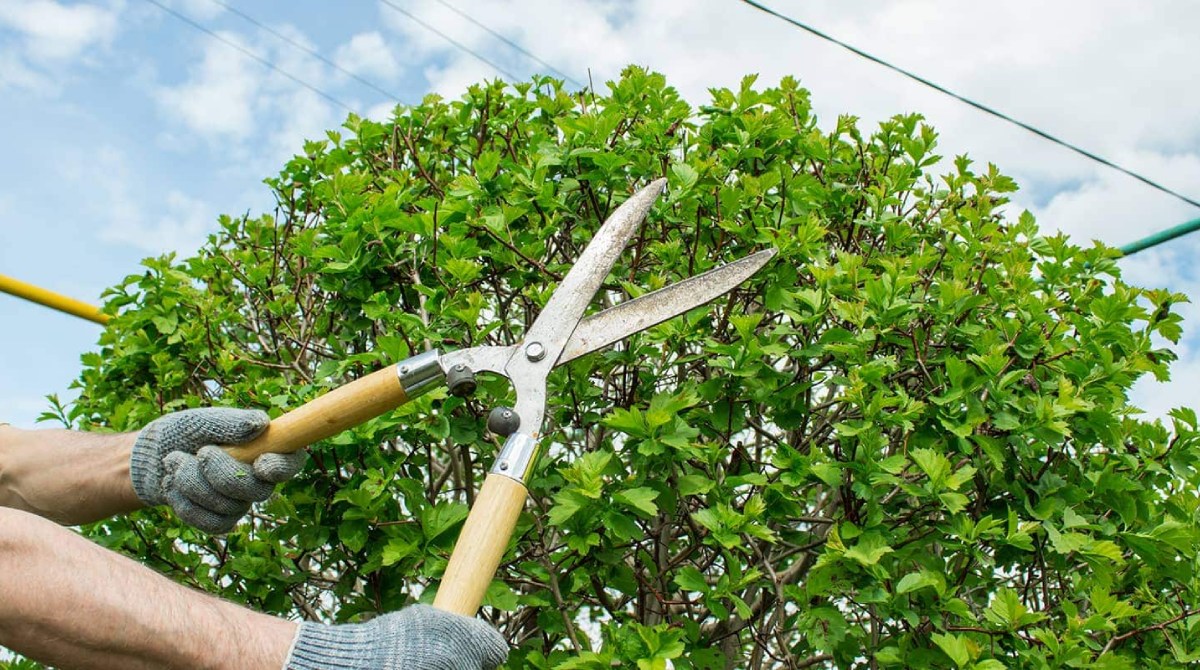
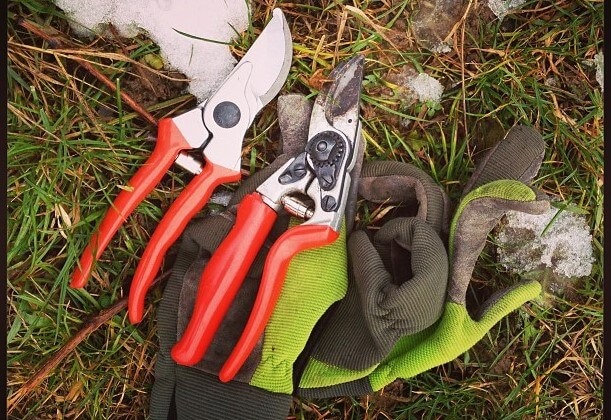
Utilise Appropriate Tools
Effective pruning and tree trimming can only be done with the necessary tools. High-quality loppers, shears, pole pruners, or handsaws assist unyielding sharp cuts while simultaneously lowering risks to tree health and speeding up the healing process.
Regular sanitation and sharpening of the tools are recommended for effective maintenance and performance.
Apply Safe Techniques
Safety is always a priority in the pruning and trimming process. Before beginning the process, assess possible dangers like uneven terrain, overhead power lines, or nearby structures. Use personal protective equipment like eye protection, gloves, and sturdy footwear. Consider professionals like Guerrero Landscaping when dealing with tall branches to avoid accidents.
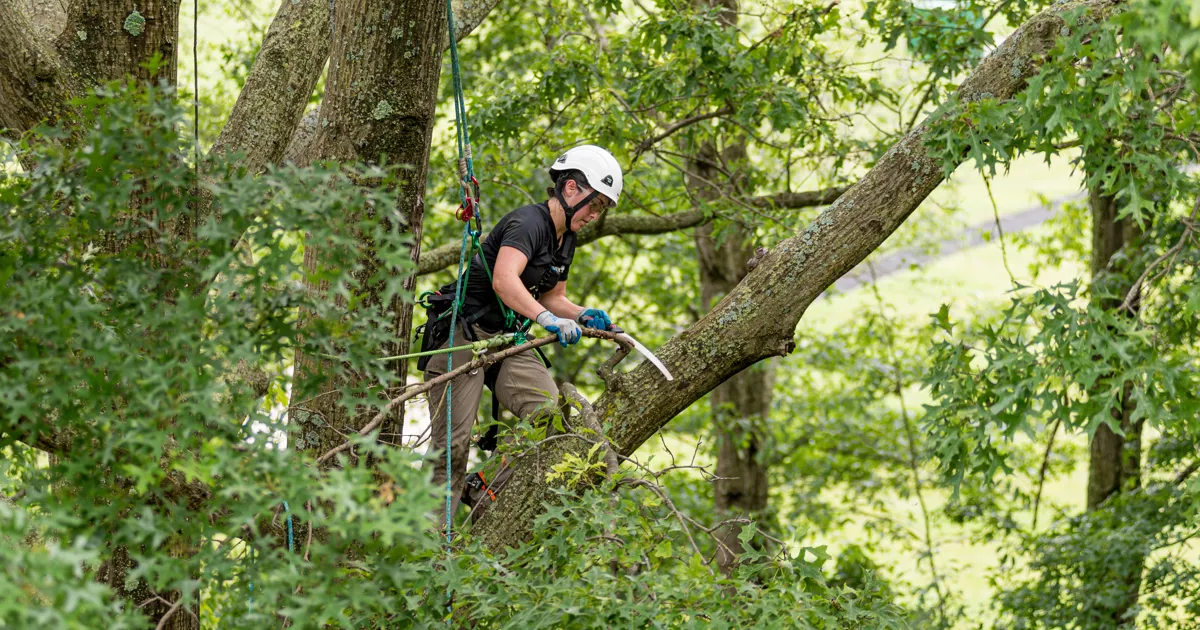
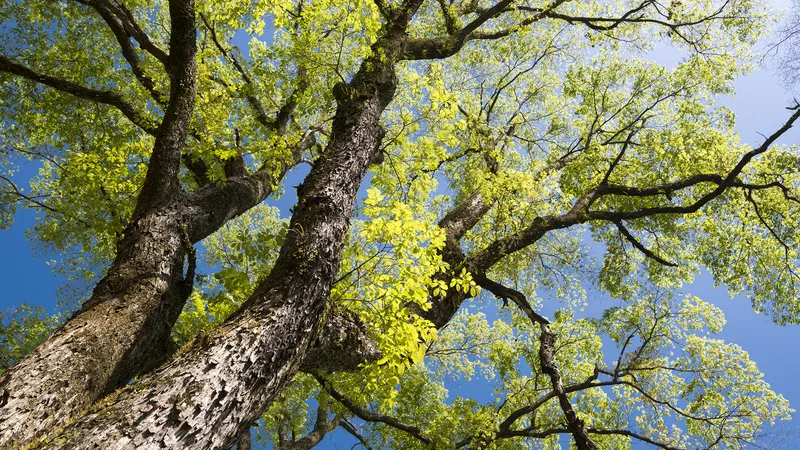
Consider Tree Species and Growth Habits
Each plant species has unique growth habitats and requires different pruning techniques for it. While aggressive techniques help control growth, others require minimal intervention for healthy development.
Monitor Tree Health Regularly
Check the trees regularly for diseases, structural issues, or pest infestations to maintain their well-being and vitality. Look for symptoms like discolored or dead foliage, abnormal growth, or visible damage on branches and trunks.
Early detection helps you address problems through targeted trimming and pruning, thus preventing further damage.
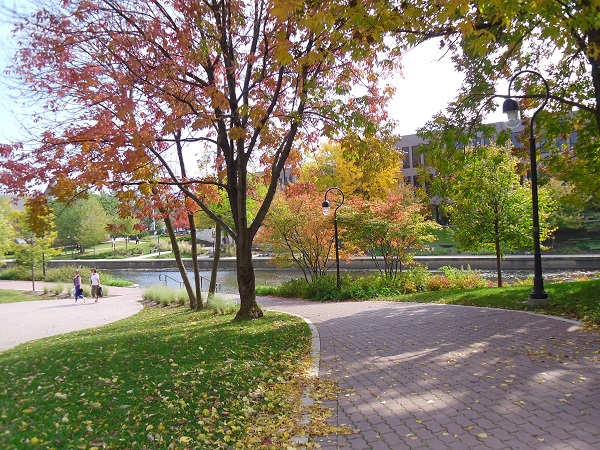
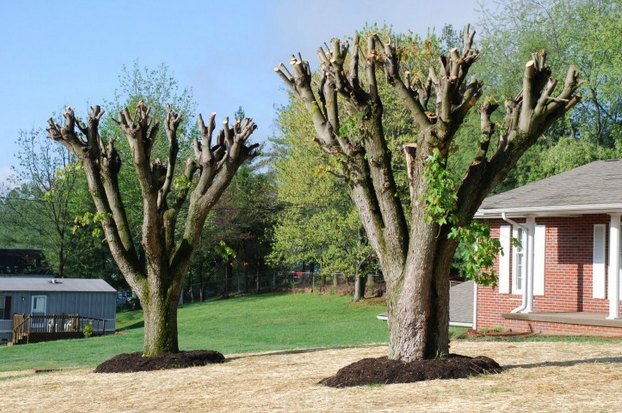
Avoid Topping Trees
Topping results in weak branch structures, unsightly regrowth, disease risk, and pest infestation- along with many other undesirable outcomes. Try selective pruning methods to maintain the natural shape and structure of trees.
Plan for Future Growth
Avoid taking steps that reduce 25% of the foliage in a single session to limit tree stress and encourage healthy regrowth. Each tree responds differently to the pruning techniques. Hence, take careful note to plan future strategies without compromising overall integrity and health.
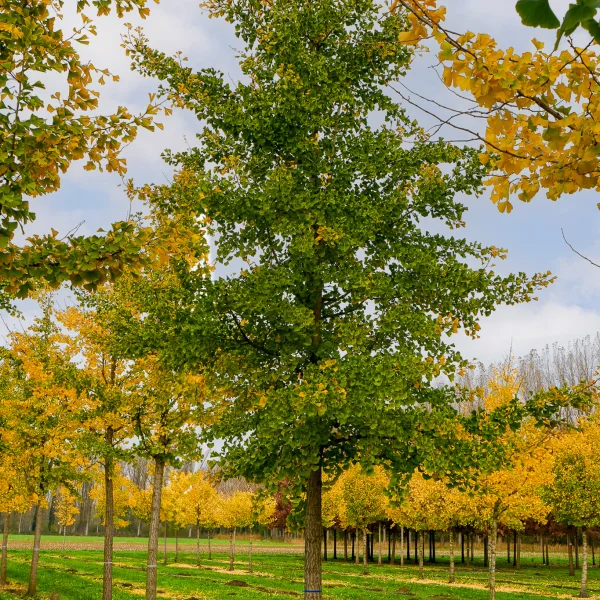

Seek Professional Help When Needed
While many pruning tasks can be performed by yourself, certain situations require professional arborist assistance. Dealing with large and mature trees, extensive pruning needs, or hazardous situations requires certified arborists who are experts in skills, knowledge, and equipment needed for complex tree care issues.
Tree Trimming and Pruning Near Me
Tree trimming and pruning is not an easy task, and people with no experience or skills may end up ruining their landscape. Tree health and growth depend on proper pruning strategy and you can’t leave the task for non-professionals.
If you want to enjoy the full benefits of tree trimming, consider professional tree trimming services providers like Guerrero Landscapes. We provide highly qualified and experienced arborists throughout Garland, Dallas, Plano, and Frisco.
Feel free to ask anything about the service or get a free quote Here.



